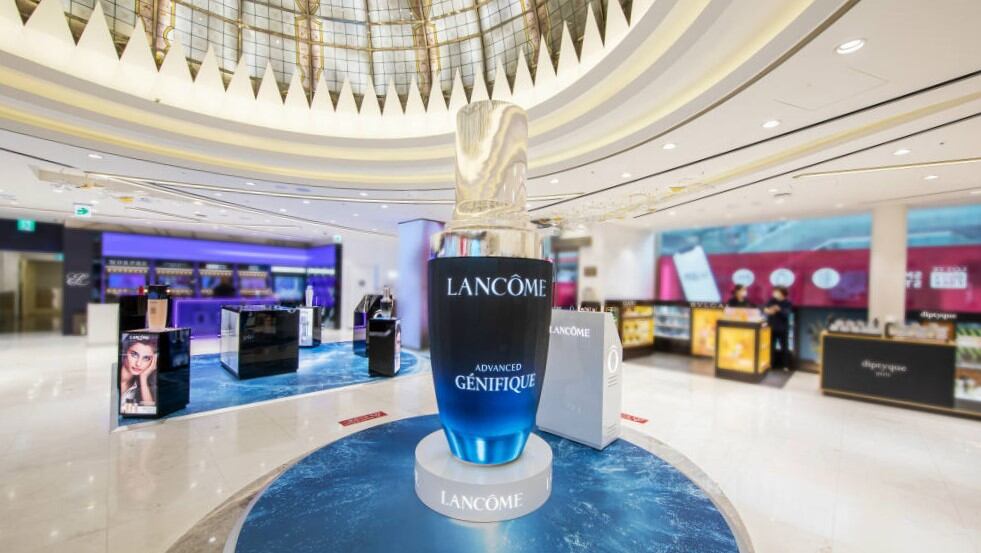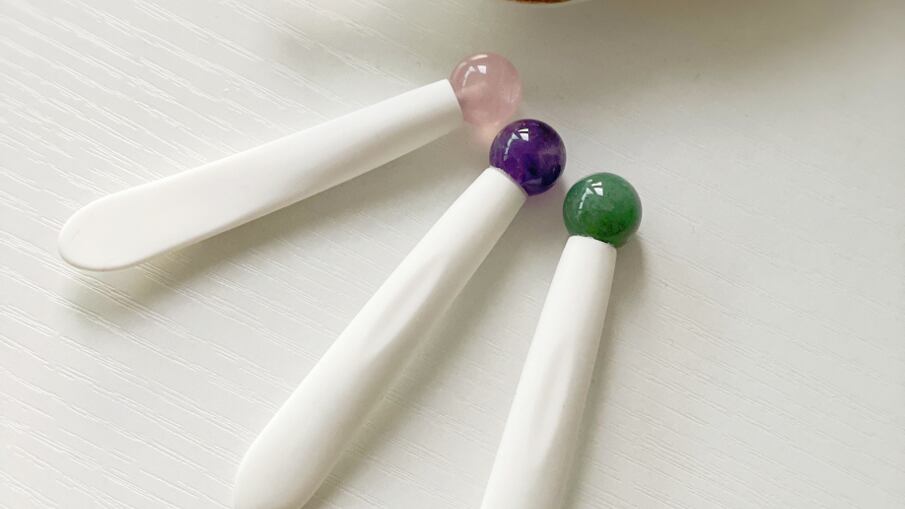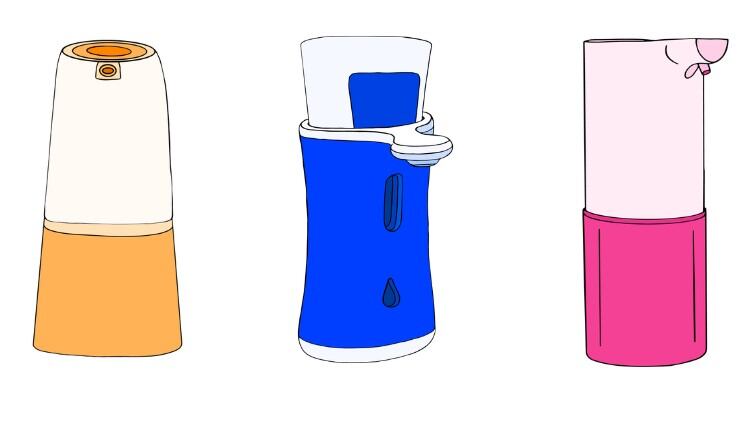This was part of a study conducted by researchers from Malaysia, UAE and Palestine who were the first to investigate microbial contamination of cosmetic and personal care products sold in the UAE.
They selected 100 products sold in UAE, and tested them for Candida albicans, Staphylococcusaureus, aerobic mesophilic bacteria, Escherichia coli, yeast and mould, and Pseudomonas aeruginosa contamination, and comparing that with the guidelines in Europe.
Of the 100 samples, 15 displayed aerobic mesophilic bacteria contamination, 13 samples contaminated with yeast and mould, and nine samples were contaminated with both aerobic mesophilic bacteria and yeast and mold.
However, none of the tested samples were contaminated with Escherichia coli, Staphylococcus aureus, Candida albicans, or Pseudomonas aeruginosa.
Products manufactured in the Middle East (30.0%), India (28.6%), and US (25.0%) were more susceptible to contamination with aerobic mesophilic bacteria than those manufactured in the other studied places including China, EU, South Korea, and UAE.
In addition, products manufactured in US (33.3%) and Middle East (20%) were more likely to be contaminated by yeast and mould.
These findings could be useful for manufacturers, regulators, and health care providers, who may need to treat patients experiencing skin infections caused by organisms of unknown provenance, and help manufacturers develop cosmetics containing the appropriate preservatives.
The study was published in the Cosmetics journal.
Sample collection and analysis
The 100 cosmetics and personal care products were collected from healthcare retailers, pharmacies, and parapharmacies in the UAE. The samples included body care products, eye care, face and neck, hair and scalp, and oral hygiene.
Products were analysed for the specified microorganisms in a laboratory.
Of the 15 samples contaminated by aerobic mesophilic bacteria, the levels of contamination via colony-forming units (CFU) were found to be between 200 and 8965 CFU/g for talcum powder, 7623 CFU/g for toothpaste, between 700 and 2345 CFU/g for hair gel, between 1120 and 5780 CFU/g for body care preparations, between 4200 and 6876 CFU/g for facial/neck care products, and between 500 and 57,000 CFU/g for henna products. In Europe, the maximum microbial limit for such products is set at 1000 CFU/g.
For the 13 samples contaminated with yeast and mould, levels of contamination were found to be between 100 and 1872 CFU/g for talcum powder, between 1239 and 7623 CFU/g for oral hygiene products, 1287 CFU/g for eyebrow gel, between 700 and 2345 CFU/g for hair gel, between 300 and 2462 CFU/g for body care preparations, 2369 CFU/g for facial moisturizer, and between 100 and 7500 CFU/g for henna products.
The maximum microbial limit for yeast and mould is 1000 CFU/g in Europe.
Researchers highlighted that talcum powder was one of the most contaminated products, exhibiting yeast and mold and aerobic mesophilic bacterial contamination.
They explained: “Such products are frequently exposed to air. Additionally, the natural ingredients that comprise these products, including bentonite, Fuller’s earth, and talc, could increase the contamination levels.”
Another concern was the high levels of contamination of yeast and mould and aerobic mesophilic bacteria in cosmetic creams.
“These levels are due to the fact that cosmetic creams have rich textures created using growth factors, essential minerals, and high moisture levels, with a wide spread of organic and inorganic compounds, this creates a good environment for microbes to grow,” researchers said.
It was found that the incidence of microbial contamination with aerobic mesophilic bacteria was higher for body care preparations (20.5%) and hair and scalp care (19%) than for the other categories of cosmetics, although this result was not significant.
The incidence of microbial contamination by yeast and mould was higher for oral hygiene products (18.2%) and body care preparations (15.4%) than for the other categories of cosmetics.
Researchers wrote: “Cosmetic products that have a high moisture content are those that are most likely to have microbial contamination, consideration should be given to changing the ingredients of these products, or they may threaten consumer health.”
Country analysis
While 9 samples were contaminated with both aerobic mesophilic bacteria and yeast and mould, it was interesting to note that none of the samples tested positive for Escherichia coli, Staphylococcus aureus, Candida albicans, or Pseudomonas aeruginosa.
Researchers said the findings do not match those of European studies, where these bacteria were most frequently identified in cosmetic contamination.
“The fact that products offered for sale in the UAE have such low levels of microbiological and other contamination may be attributed to the robust regulatory provisions in the UAE. All cosmetic/personal care products offered on the market are obliged by municipalities and health regulators to register so that they can be checked for safety, effectiveness, and quality.”
Facing microbial contamination
To date, no study has investigated the microbial contamination of cosmetic and personal care products offered for sale in the UAE.
Microbiological contamination of such products can be caused by the environment employed for growing and harvesting of raw materials, manufacturing process, and how these materials are stored and transported.
“The manufacturers of cosmetic and personal care products must formulate and put into practice rigorous protocols for quality control and assurance, and these should be monitored by government regulation,
Researchers said these findings indicated that it is vital for manufacturing facilities, equipment, tools, and storage containers, to adhere to the highest standards of hygiene.
Additionally, there should be greater control of the quality and safety of such products regarding good manufacturing practice (GMP), regulation, research, education, and the reporting of adverse events.
Cosmetics typically contain preservatives to prevent microorganism growth, but preservatives can degrade over time.
The findings of this study could be helpful for those producing novel challenge tests in experiments to develop guaranteed ways of preserving cosmetic products by identifying the most prevalent types of bacteria.
The researchers recently published another paper, studying the presence of formaldehyde in cosmetic and personal care products sold in UAE.
Formaldehyde is an anti-bacterial and anti-fungal agent, and typically found in preservatives for shampoos, body soap, nail polish, and hair products, however it can cause skin allergic reactions and if severe, skin cancer.
The estimated average formaldehyde content was 0.083 compared to the maximum allowable limit of ≤0.2% w/w, according to Europe guidelines.
Of the 69 cosmetics and personal care products tested in this story, 9 exceeded the recommended formaldehyde level.
Higher formaldehyde content was observed in products made in the UAE (0.23% w/w), India (0.12% w/w), and Middle East (0.079% w/w) compared to Brazil, China, EU and US.
First study:
Source: Cosmetics
https://doi.org/10.3390/cosmetics7040092
“An Investigation into Incidences of Microbial Contamination in Cosmeceuticals in the UAE: Imbalances between Preservation and Microbial Contamination”
Authors: Ammar Abdulrahman Jairoun, et al.
Second study:
Source: Cosmetics
https://doi.org/10.3390/cosmetics7040093
“Hidden Formaldehyde Content in Cosmeceuticals Containing Preservatives that Release Formaldehyde and Their Compliance Behaviors: Bridging the Gap between Compliance and Local Regulation”
Authors: Ammar Abdulrahman Jairoun, et al.




